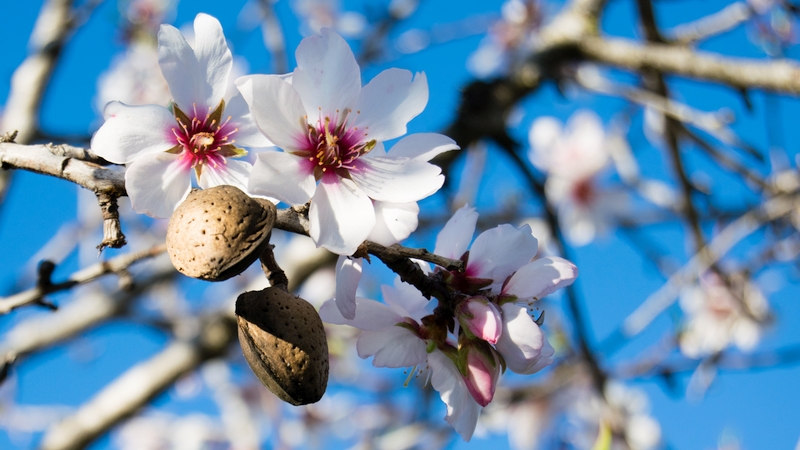Farm Labor Is in Crisis
If you are outside of agriculture, it might be easy to believe farmers are blowing the labor problem out of proportion and fear-mongering the public about the prospect of crops rotting in the field. It is understandable because some activist groups and urban media portray growers as only interested in securing cheap labor to harvest their crops — many of which are not authorized to be in the country.
A farm labor study by the American Farm Bureau Federation (AFBF) shows about 50% to 70% of farm laborers in the country are unauthorized. That is a problem. And, compounding that problem is the fact U.S. workers will not do the hard work of harvesting and caring for crops.
And, the notion that growers want to hire illegal employees is a fallacy. They have no desire to get caught up in a immigration case or some lawsuit. You can see evidence of that here in Florida as growers flock to the H-2A visa program. Most citrus is now harvested by H-2A labor and strawberry and blueberry growers are moving in that direction, despite all the pitfalls of the program.
So, is the agricultural labor crisis real or overblown? I am open to arguments, but I am confronted all the time with stories from real growers with real problems. It happened while writing this month’s cover story on the Hill family. Michael Hill related a story to me about a blueberry grower with an H-2A problem. The grower had to give a date he would need workers to arrive, which with a crop like blueberries, is hard enough to predict to begin with. If he brings them in too early, he is paying workers to do nothing. Or, if he brings them too late, he has fruit wasting away in the field.
Through factors out of the growers’ control, his workers got held up at the consulate, so harvesters were delayed even further, while he had blueberries ripe and ready in a $7 per pound market. Michael was scrambling to help secure labor for the grower the day I interviewed him for the cover story.
That was a real crisis for the grower in question. To have a great crop potentially rot in the field because workers can’t be sourced is probably worse than a weather event taking out production. But, he is not alone. The AFBF study notes that 72% of growers reported H-2A workers arrived an average of 22 days after the “date of need.” That kind of delay will never work for specialty crop growers, especially for easily bruised berry crops. Harvesting of strawberries, blackberries, and cherries account for about 60% to 66% of total production costs.
The labor crisis is why the Hill family used a mechanical harvester last season for the first time. They had good results, and Michael says their direction is geared toward mechanical harvest in the future, even when blueberry prices are strong. That’s also why a company affiliated with Wish Farms is developing a robot to harvest strawberries.
They see the writing on the wall. They realize we have three choices: 1) A market-based visa program that brings in an affordable, reliable labor source. 2) An alternative labor source like robotics. 3) Sourcing our fruits and vegetables from foreign sources where labor and food safety standards are far below America’s.
The political and media frenzy that has stirred the passions of Americans on both sides of the immigration debate won’t make the choice easy. But, let’s hope we make the right choice.










